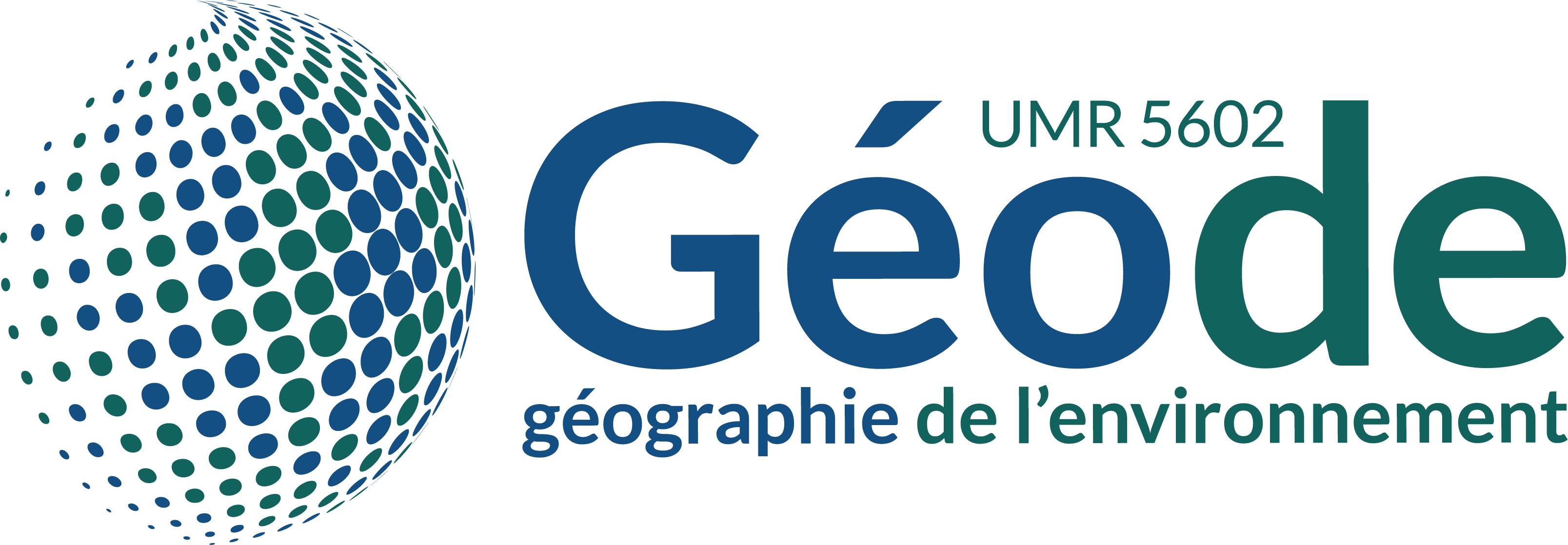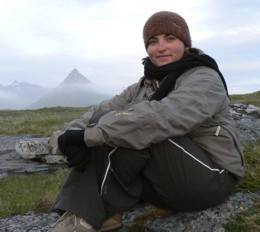-
Partager cette page
On the ecological impact of prehistoric hunter-gatherers in Europe: Early Holocene (Mesolithic) and Last Interglacial (Neanderthal) foragers compared
Co-écrit par Florence Mazier
Publié le 23 octobre 2025 – Mis à jour le 24 octobre 2025
This study demonstrates that Neanderthals and Mesolithic foragers significantly altered European vegetation through burning and hunting, showing that human impact on ecosystems began long before agriculture.
Abstract :
Recent studies have highlighted evidence of human impact on landscapes dating back to the Late Pleistocene–long before the advent of agriculture. Quantifying the extent of vegetation transformations by hunter-gatherers remains a major research challenge. We address this challenge by comparing climate-based potential natural vegetation cover with pollen-based vegetation reconstructions for the Last Interglacial and the Early Holocene. Differences between these datasets suggest that climate alone cannot fully explain the pollen-based vegetation patterns in Europe during these periods. To explore this issue, we used an upgraded version of the HUMan impact on LANDscapes (HUMLAND) agent-based model (ABM), combined with a genetic algorithm, to generate vegetation change scenarios. By comparing ABM outputs with pollen-based reconstructions, we aimed to identify parameter values that yield HUMLAND results closely matching the pollen-based vegetation cover. The updated ABM covers a broad temporal range, and incorporates the effects of hunting on herbivores and their influence on vegetation regeneration. The results show that the combined effects of megafauna, natural fires, and climatic fluctuations alone lead to vegetation cover estimates that are inconsistent with paleoecological reconstructions. Instead, anthropogenic burning played a key role, with modelling results suggesting that European landscapes were already substantially modified by humans by the Early Holocene. In scenarios where human-induced burning was minimal or absent, foragers still shaped landscapes indirectly through hunting, which influenced herbivore densities and their impact on vegetation dynamics. Our study revealed that Neanderthals and Mesolithic humans influenced similar-sized areas around their campsites and shared comparable preferences for vegetation openness. Our results challenge the assumption that pre-agricultural humans had minimal ecological impact. Instead, this study provides strong evidence that both Neanderthals and Mesolithic foragers actively shaped European interglacial ecosystems, influencing vegetation dynamics long before agriculture.Découvrez l'intégralité de l'article sur le site journals.plos.org





